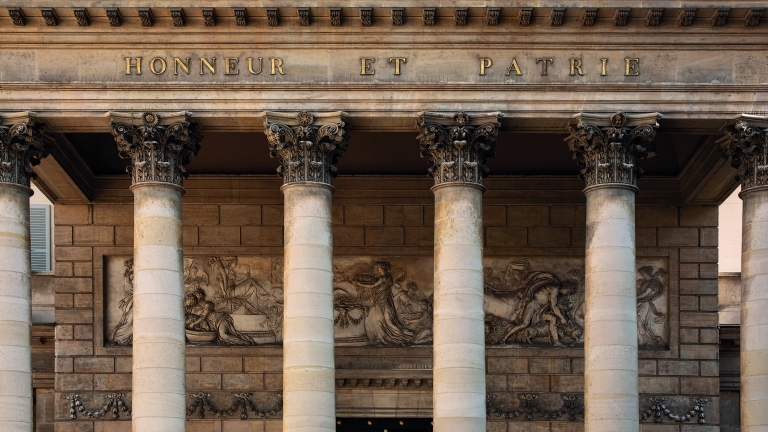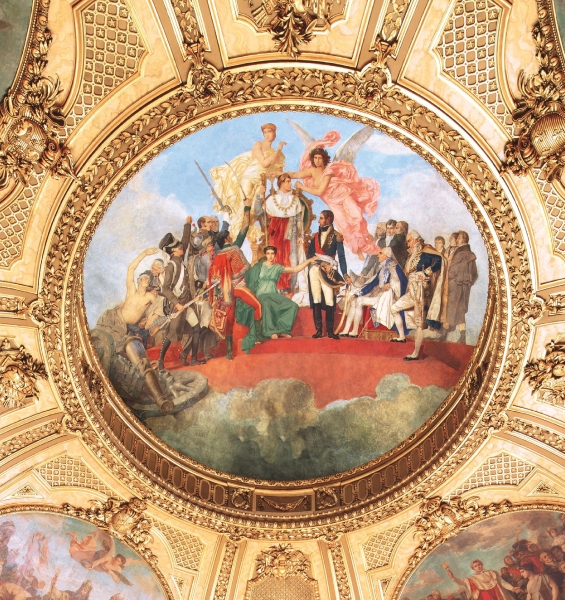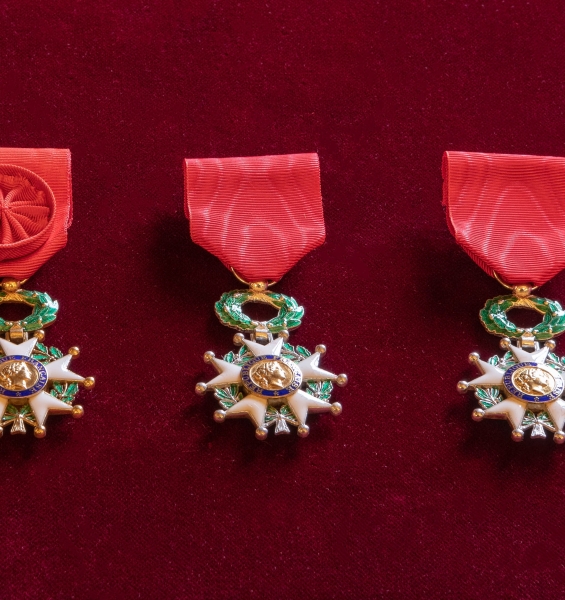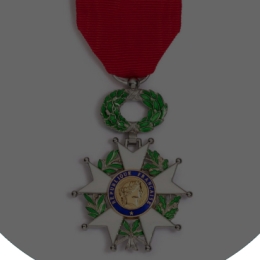The Legion of Honor is intended to reflect a diverse society. The one million men and women who have joined it through 220 years of existence make it famous in France and around the world. Everyone has their own views of the Legion of Honor. But do we really know it?
Mission
The Legion of Honor rewards as much as it holds up as examples those who serve the general interest. It thus has the virtue of emulation and is a powerful unifying symbol in society.
Award criteria
The Legion of Honor is the “commendation for distinguished merit acquired in the service of the nation". The Code of the Order and 200 years of precedents govern the awarding of the distinction.
Origins and history
Napoleon Bonaparte founded the Legion of Honor in 1802 with the intention to reward both "his soldiers and his scholars", thus laying down the dual principle of the service of the nation and the universality of the decoration. He ensured that the new decoration would have an immediate and enduring popularity.
DiscoverThe Legion of Honor in 10 questions
-
The Legion of Honor is France’s highest decoration and one of the most famous in the world. For two centuries, it has been presented on behalf of the Head of State to reward the most deserving citizens in all fields of activity.
-
As an honor, the Legion of Honor does not include any actual material or financial benefit. However, it is an invaluable source of pride for the recipients and their families and an example of civic service made public.
-
Any French citizen who has demonstrated outstanding merits in the service of the nation, in a military or a civilian capacity, with no criminal record. Twenty years of activity at least are required to qualify for the Legion of Honor.
-
The Legion of Honor has 79,000 members. Every year, on average, 2,000 French and 300 foreign nationals receive the decoration.
-
The Legion of Honor cannot be applied for.
French ministers are responsible for identifying potential honorees, relying on the societal network (parliamentarians, mayors, employers, leaders of trade unions or non-profit organizations, presidents of professional or sports federations, etc…).
-
Some people express their objection in principle to the Legion of Honor though they have not received it. In their case, we cannot speak of refusal.
Turning down the Legion of Honor implies prior admittance to the Order, by decree published in the Official Journal. In very rare cases of refusal, individuals choose not to receive the decoration.
-
The award can be revoked in the event of criminal conviction, or any action that is dishonorable or that may harm the interests of France. The measure of revocation is announced by decree.
-
The ribbon is red. The badge is a five-armed Maltese cross hung on an oak and laurel wreath. On the obverse is the effigy of the Republic and on the reverse two tricolor flags surrounded by the motto "Honneur et Patrie" (Honor and Homeland).
-
The Legion of Honor is worn before any other French or foreign insignia, on the left-hand side. On informal attire, one wears lapel insignias (ribbon or rosette). Pendants and small-size decorations are preferred for official ceremonies. The military has its own rules for wearing insignias.
-
The Legion of Honor belongs to its time and adapts to changes in society. It recognizes more and more the role of non-profit organizations end employees, the life achievements of persons of modest origins, and the place of women through strict gender parity in each cohort of civilian awardees.
Cohorts
Each new cohort of the Legion of Honor is published in France’s Journal officiel.
You can consult the latest inductions here. If you are looking for a particular honoree, you can send a request to the Grand Chancery by clicking on Find honorees
Find honorees


